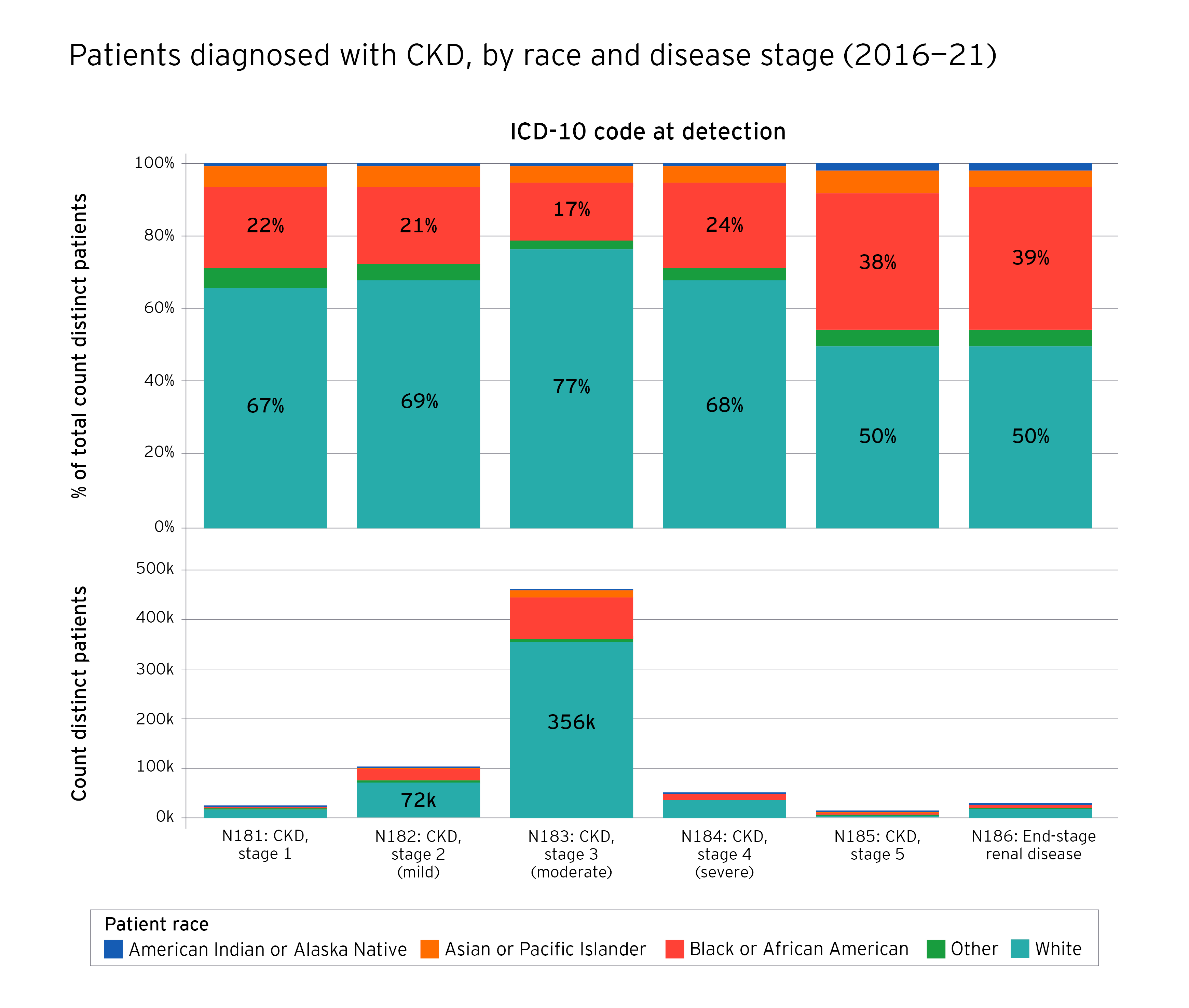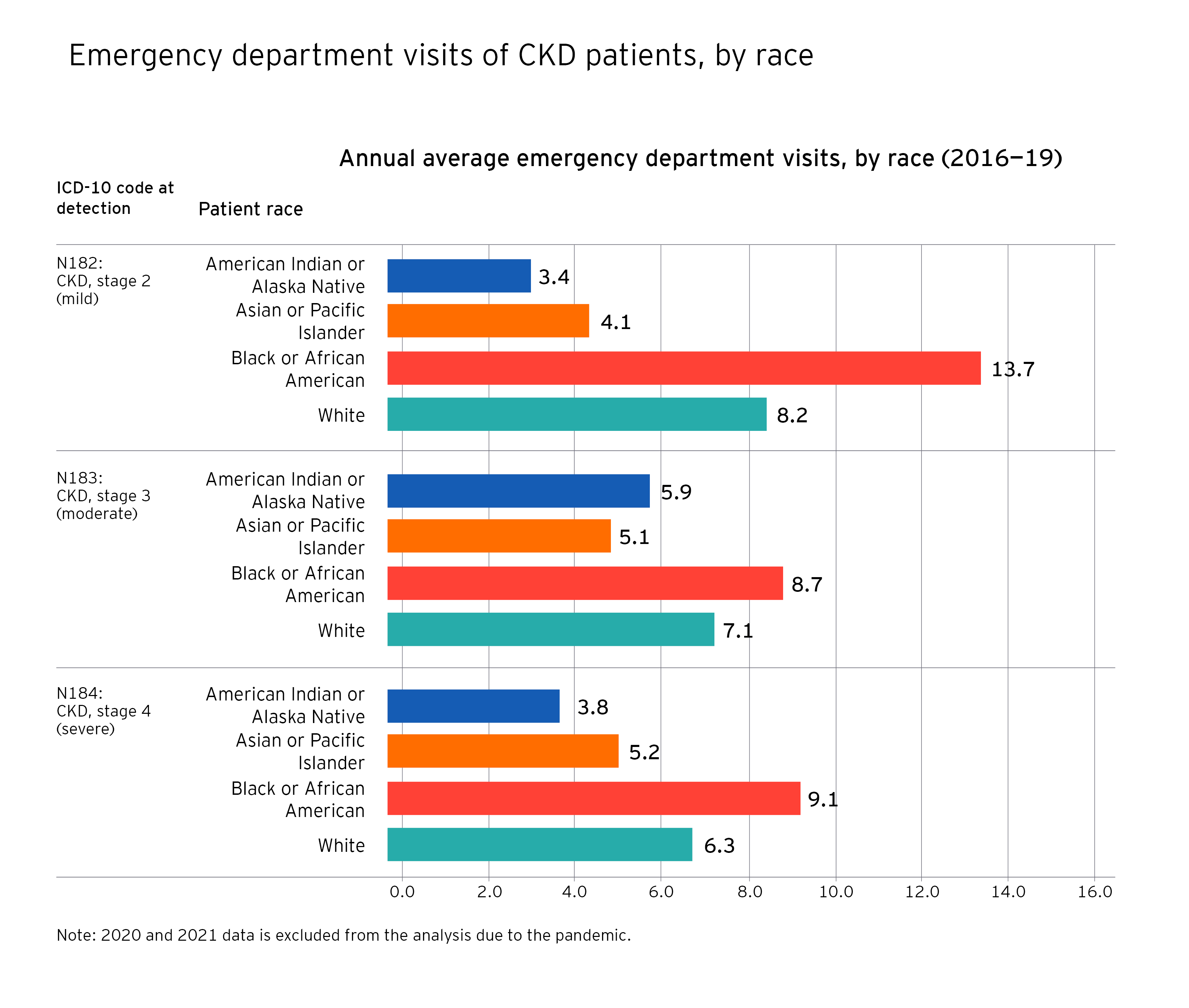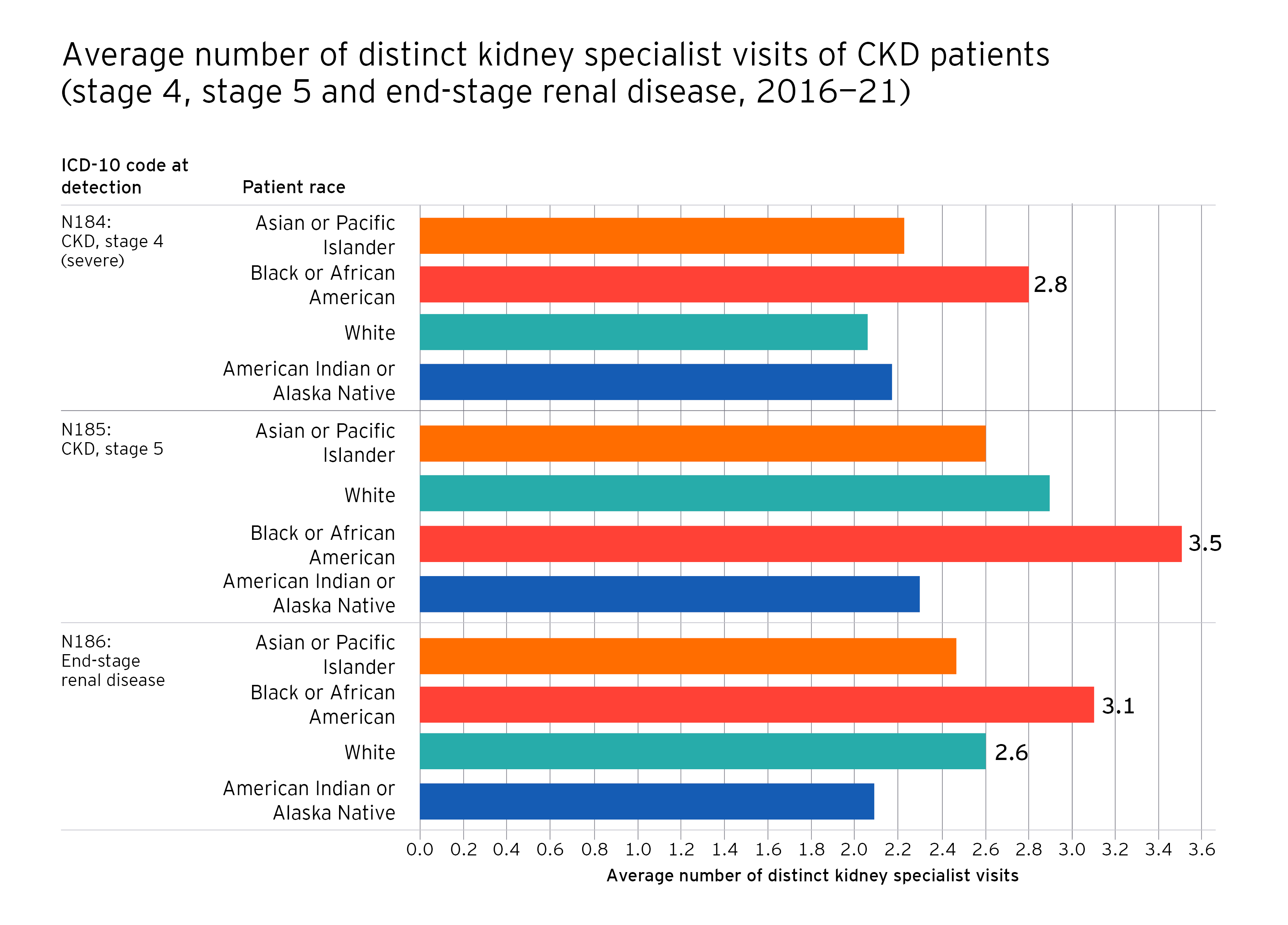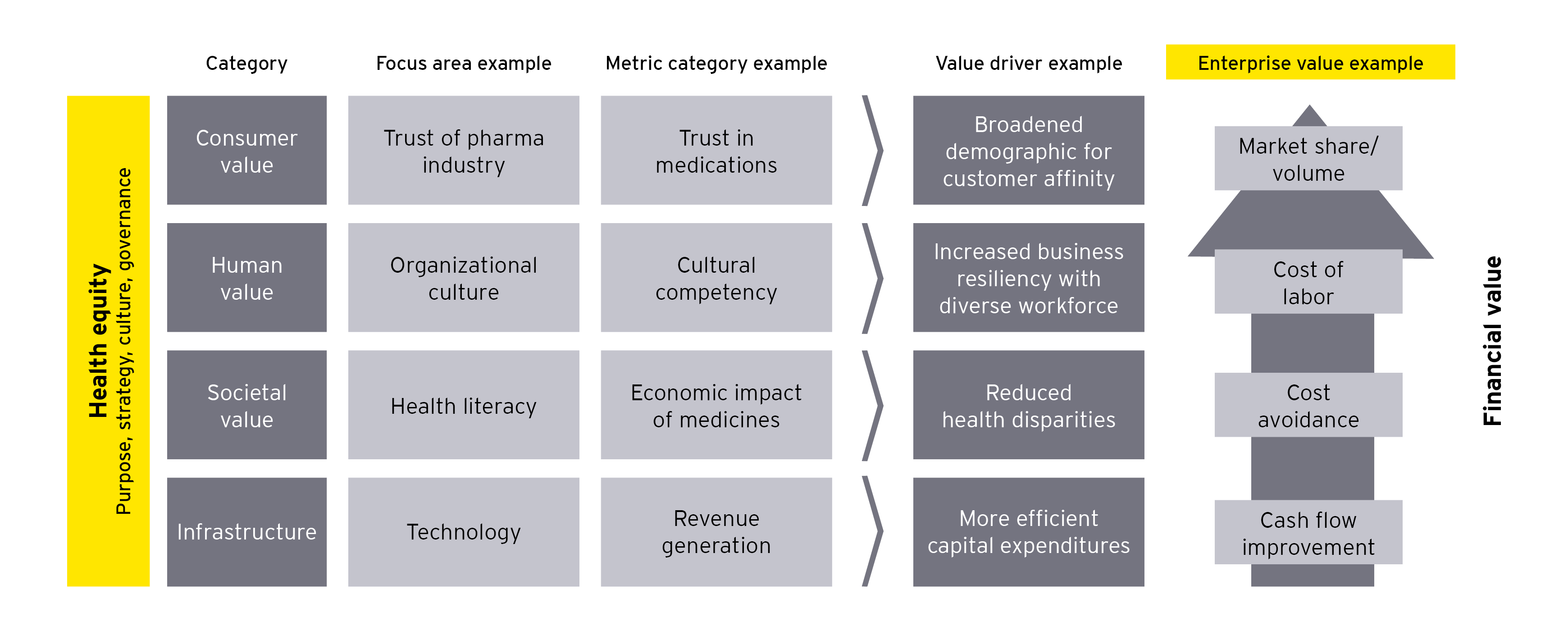EY refers to the global organization, and may refer to one or more, of the member firms of Ernst & Young Global Limited, each of which is a separate legal entity. Ernst & Young Global Limited, a UK company limited by guarantee, does not provide services to clients.
How EY can help
-
We create solutions that improve health outcomes for all, drive cross-sector enablement and generate long-term enterprise value — not only because it’s the right thing to do, but also because it makes good business sense.
Read more
Health equity background and challenges
The Centers for Disease Control and Prevention (CDC) defines health equity as “the state in which everyone has a fair and just opportunity to attain their highest level of health.”[¹] Today’s health ecosystem, however, is plagued by significant inequities around health literacy, access to care, medicines and much more. In addition, health disparities among racially and ethnically diverse people alone are estimated to cost the US economy $135 billion each year in excess care costs and lost productivity.[²] When we also consider health disparities among rural, elderly and other underserved populations,[³] it’s clear that the costs around the status quo are staggering. For pharma leaders looking to build value by improving overall health equity, access to care and medicines, developing a deeper understanding of what drives the current state and utilizing specific, actionable insights will be key.
Pharma organizations need to have a full-scope view into the systemic barriers that impede underserved patients’ access to equitable care and affordable medicines. While the industry has made progress in driving diversity in clinical trials, there is still a dire need to enhance today’s knowledge around exactly how underrepresented racial and ethnic groups experience health care, how and why patient journeys among these groups diverge from the average mean, and what pharma can do to address these needs and engage differently.
From transportation and housing insecurity to insufficient sick leave policies for lower-wage workers, the digital divide and much more, underserved patient populations often face an array of challenges around equitable access. As a result, these groups are often underdiagnosed or undertreated, even when it comes to chronic, life-threatening conditions and diseases that disproportionately affect them. This all contributes to a growing cost of care with suboptimal outcomes.








